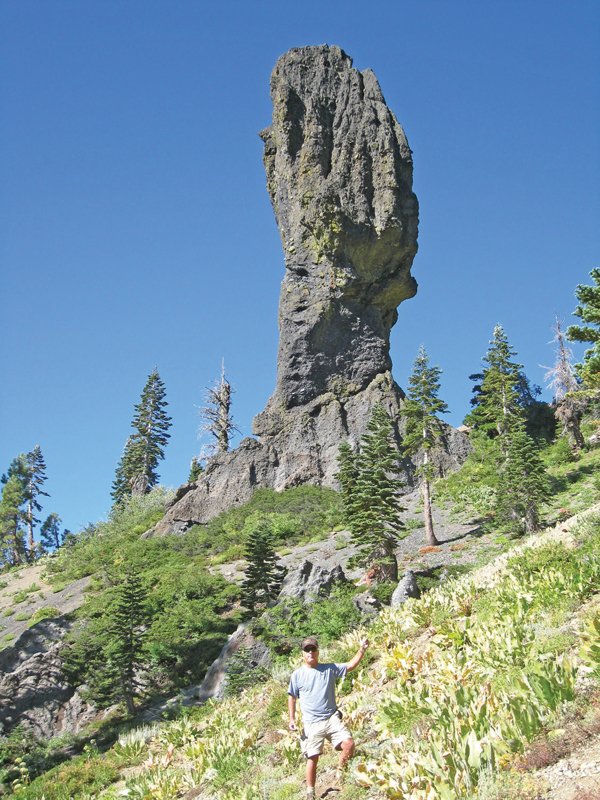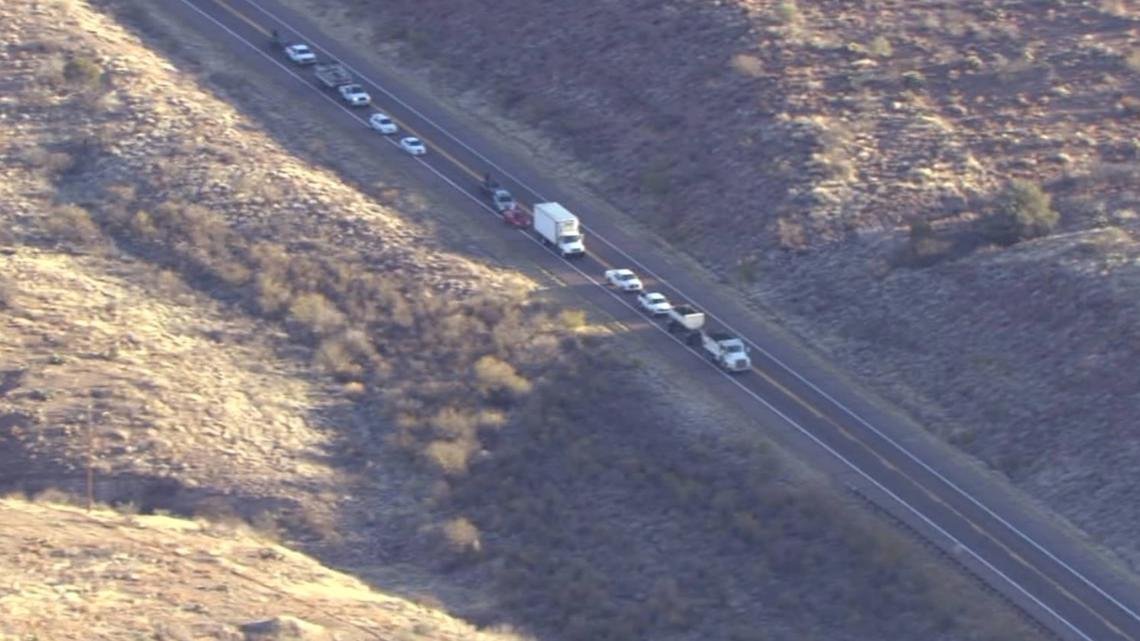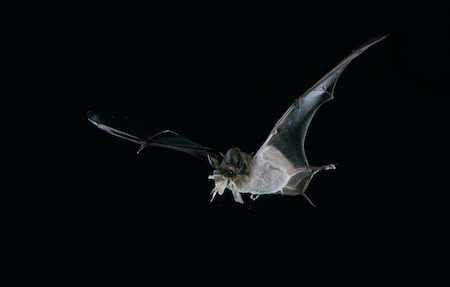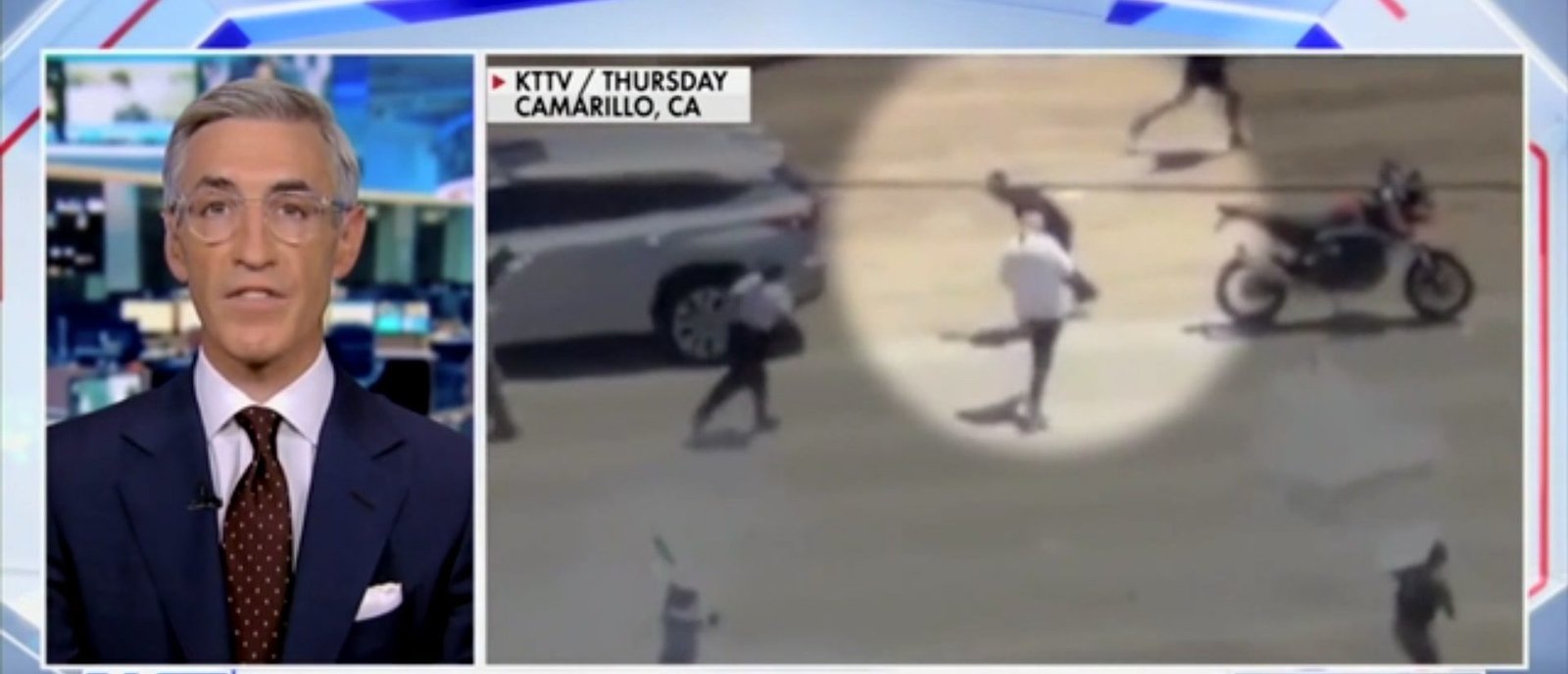During the Gold Rush, tensions between miners and Native Californian Indians who had encroached on their lands and cultures were high. During the so-called El Dorado Indian War of 1850-1851, John Calhoun Johnson served as a lieutenant in the California militia, appropriating the title of colonel when the army encamped on his land.
Colonel Johnson also has legal experience, sometimes serving as a judge in local miners and property disputes. He was civic-minded and an active member of the County Democratic Commission, the dominant political party in California in the 1850s. He also served as the first Treasurer of Eldorado County (1850–1852).
During an extensive expedition to the Tahoe Sierra, Johnson is believed to be the first European American to discover Fallen Leaf Lake near Emerald Bay. He named the lake after the Delaware Indian guide Fallen Leaf.
Johnson cutoff established
In 1852, an opportunistic Colonel Johnson followed the old game and Indian trails used by some prospectors to cross the mountains. Johnson chose this off-the-beaten-path route as a partial new alignment for the Carson Pass Immigration Road, and manually carved out the alternate route with his hired crew.
Around that time, Colonel Johnson donated his section of road to the state, and after many improvements and readjustments over the past 168 years, it now offers motorists modern ease of use across Sierra Highway 50.
The Johnson River Cutoff diverged from the established Carson River route, saving 17 miles and improving the trail to become a popular road to California. Despite Johnson’s efforts, the road was still dangerously steep and narrow, clogged with granite boulders and often covered in suffocating dust. Still, increased wagon traffic drew more people to Johnson’s ranch, and the money flowed into his coffers.
A significant challenge for immigrants on the original Carson Trail was the two crossings of the Sierra ridge over the passes at elevations of 8,573 feet and 9,500 feet, an elevation that is winter-like for most of the year. suffered from bad weather. However, the Double Pass at Johnson’s Cutoff had a much lower summit at 7,400 feet and he at 7,150 feet. Additionally, at the cutoff he was only 6 miles over 7,000 feet, compared to 34 miles on the original Carson route, so in theory the detour was usable all year round.
At the time, turnpike operators did not charge for the road itself. The roads themselves usually existed before any improvements were made, but tolls were paid for bridges and improved sections to make wagon travel safer and faster. Many immigrants en route to settling in California protested not only the tolls required at the Johnson Cutoff Summit Crossing, but also various tolls.
Read Part I at TheTahoe Weekly.com/history
In 1855, the California legislature finally passed the California Wagon Road Act. The bill would provide up to $100,000 for the construction of state highways across the Sierra, selected by a panel of commissioners. Around that time, Colonel Johnson donated his section of road to the state, and many improvements and readjustments over the past 168 years have now provided drivers with modern ease of crossing the Sierra Highway His 50. I’m here.
In 1853, 19-year-old Emily Haggardon emigrated from Ohio to California with her parents and two brothers. In her letter in which she wrote about her journey to transform herself, she wrote that when she crossed the Sierra Nevada River during a thunderstorm, her skirt got covered in mud and got in the way, so she decided to move on. says like this. It made her trip much easier. ”
When the Hegerdon family’s wagon passed Six Smile House in October 1853, Johnson, now 31 and a financially successful bachelor, spotted Emily and her practical but skimpy travel clothes. . He said, “There is going to be a girl who will be my wife.”
The next day, Johnson contacts Emily’s parents, Luther and Fanny, offering them a job on the ranch. The family moved into JJ’s property and, as he had predicted, John married Emily in January 1854. They had nine children, seven of whom survived to adulthood. By all appearances, the couple enjoyed a harmonious relationship.
In April 1860, Johnson’s Cutoff gained national attention when Pony Express rider William “Sam” Hamilton rode eastward through Johnson’s Cutoff on the US Mail.
Johnson’s tragic ending
Despite a comfortable home life and Colonel Johnson’s professional success, in March 1876, a 53-year-old businessman and his eldest son George Penn, 22, moved from their ranch to Cochise, Arizona, to grow crops for sale. I traveled to the county. A US military post in the area. They squatted on water-rich land and planted 20 acres of land.
On Sept. 13, George left his isolated farm base to find work. A few days later, when he returned to the ranch, he found the corpse of his father, who had been murdered by the San Carlos Reservation Apache Indians. Farmer Calvin Mowry was also killed. The perpetrators ransacked the house, killed poultry, stole horses and mules, and shot and left Johnson’s dog. Crop fields were destroyed. A devastated George returned to Placerville.
In 1905, George P. Johnson filed a civil suit in Sacramento on behalf of his late father’s estate against the United States government and the Apache Indians. [Nation] To compensate for the loss of Colonel Johnson in the Arizona attack. According to the court affidavit, George said, “There were moccasin tracks and pony tracks all over the field. There were moccasin tracks all around where his father was killed. It was heading straight for…so we thought they were Apache Indians…” [from the government reservation].
I don’t know how this case ended, but it was a tragic and violent end for Tahoe Sierra pioneer John Calhoun Johnson.
Special thanks to JC Johnson descendants Jim Knudsen and his wife Chris, and Sierra historian Dana Scanlon for their contributions to this story.
















